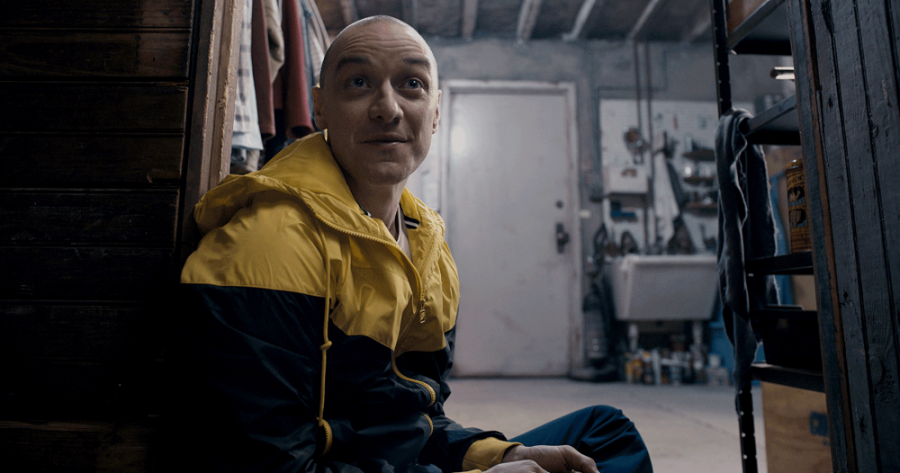The mind can be a dark and terrifying place. The only thing scarier than the paths our thoughts travel is the uncertainty of what could be going through someone else’s head. This past weekend, M. Night Shyamalan’s “Split” played off that paranoia, as many films have before.
If you’re unfamiliar with the film, James McAvoy plays a man with at least 23 personalities who abducts three teenage girls. While many have praised the film as a return to form for Shyamalan, with a masterful performance by McAvoy, others take issue with the film’s central portrayal of dissociative identity disorder (DID) and argue the film further stigmatizes mental illness.
So, can an artist create a character that is feared and has mental illness instead of one who’s feared because of their mental illness?
When mental illness is placed within the genre confines of a thriller, a comedy or a horror film, portrayals are almost questionable by default. This doesn’t mean the experiences of people with mental illnesses (as well as the people close with them) cannot be thrilling, funny or downright horrifying. Life can be all these things and more — without mental illness; and the addition of mental illness can certainly give a unique perspective on universal experiences.
However, when the drama of a story hinges on a character’s mental health, it’s often the plot that drives the character’s condition and not the other way around. Screenwriters reveal a character’s symptoms when it’s most convenient, or when the reveal will have the most dramatic effect on the audience, and not when it’s most realistic.
This is not to say that all films even need to be realistic, and I certainly don’t believe all portrayals of mental illness in media need to be positive. However, mental illness is not linked to violence and crime like what’s portrayed on screen. According to the Institute of Medicine, “the contribution of people with mental illnesses to overall rates of violence is small, and further, the magnitude of the relationship is greatly exaggerated in the minds of the general population.”
We have many culturally embedded notions of mental health, just as we have certain expectations when we buy ourselves a ticket for an M. Night Shyamalan film. Savvy filmmakers subvert these expectations and, in the process, can change not only our perception of film but also of the people around us.
It’s likely there will always be questionable portrayals of mental illness in film and other media, and what some find questionable others will undoubtedly take no offense to. Some of these portrayals may even go on to become classics, like Alfred Hitchcock’s “Psycho.”
At the end of that film, a psychologist explains all of Norman Bates’ behavior exhibited throughout the film, and it gives the audience a false comfort that all repugnant actions can be explained by pulling out your trusty “DSM.” However, the unsettling truth is most violent crimes aren’t committed by those society labels “crazy,” but rather everybody else. Now that would make for an interesting film.








